Your message has been sent.
We’ll process your request and contact you back as soon as possible.
The form has been successfully submitted.
Please find further information in your mailbox.
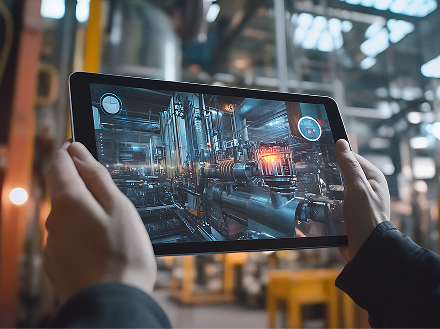
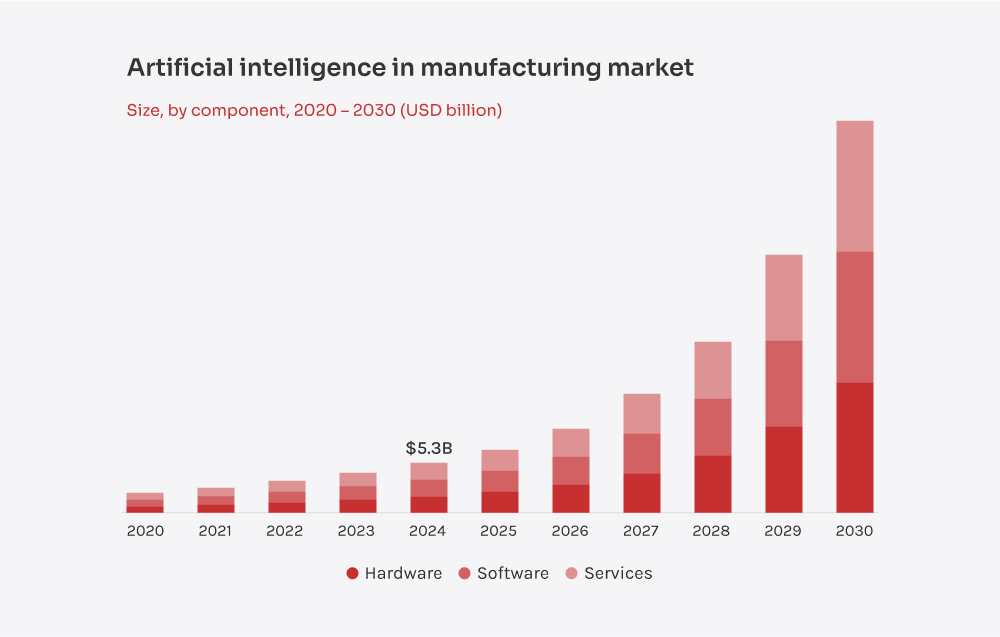
In this post, I’ll show how AI in manufacturing is changing the game, walk through real-life success stories, and lay out a practical roadmap for getting started. If you’re looking to supercharge your shop floor, this is your straight talk on what’s possible and how to make it happen.
“AI in manufacturing makes the biggest impact when it solves real shop-floor challenges like cutting those 2 a.m. breakdown calls, keeping production on track, and hitting quality targets day in, day out. If your AI solution isn’t visibly reducing downtime or boosting throughput, it might be time to refine your approach.”

Head of Big Data and AI
Manufacturing has evolved dramatically. What started with basic automation has now shifted into something far more powerful: AI systems that learn, adapt, and help teams stay ahead of problems instead of constantly reacting to them.
Early automation helped with repetitive tasks, but it couldn’t handle change. One broken part, a shift in demand, or a supplier delay could throw everything off. AI fixes that. With real-time data from IoT sensors and smart machine learning models, your systems can flag subtle issues, spot trends early, and keep production moving without the usual guesswork.
And this isn’t just early adopters testing the waters. 55% of industrial manufacturers already use generative AI, and 40% are planning to increase their AI investments, according to Deloitte. Not because it sounds good on paper, but because it delivers results where it matters: uptime, quality, and operational efficiency.
Let’s get specific. Every manufacturer I’ve worked with runs into the same pressure points: unplanned downtime, quality slip-ups, supply chain snags, shifting schedules, rising costs, and tighter safety rules. It piles up fast.
AI helps cut through the noise. AI solutions for manufacturing bring everything into sync. It keeps machines running with predictive maintenance, spots defects in real time with computer vision, and adapts production schedules on the fly when demand shifts. It sharpens supply chain forecasts, trims waste, and accelerates product development with generative design. And for safety, AI flags hazards before they become full-blown problems.
This isn’t about fixing one problem. It’s about making your entire operation faster, leaner, and more resilient. The manufacturers leaning into this now aren’t just keeping up — they’re getting ahead.
Up next, I’ll take a closer look at real use cases and how AI manufacturing solutions are already transforming the factory floor.
No doubt about it: AI is shaking things up in manufacturing. The real question is how to use it so it actually solves the day-to-day headaches on your shop floor. Below, I’ve rounded up some of the most common AI in manufacturing examples that are delivering real, tangible results. This quick overview should give you a solid idea of what’s possible, the wins you can expect, and what kind of work it’ll take to get there.
However, implementation does take some fine-tuning: lighting, camera setup, and solid training data all matter. But once everything’s dialed in, these systems catch flaws human eyes might miss, maintain higher quality standards, and slash the chance of last-minute surprises during audits.
Supply chains are more fragile than ever — demand spikes, raw material swings, and global disruptions can knock production off balance fast. Many manufacturers still rely on static ERP tools and spreadsheets that don’t adapt quickly enough. AI changes that turn real-time data from IoT sensors, vendor portals, market feeds, and even social media into adaptive forecasts. Models like LSTM networks or Meta’s Prophet detect material shortages or demand surges before they hit.
When a supplier delays a shipment, the system recalculates reorder points instantly, flags alternate routes, or highlights backup vendors, keeping teams proactive instead of reactive. This approach reduces stock-outs, cuts warehousing costs, and keeps production lines moving.
For example, our team helped an electronics manufacturer cut shipping disruptions by 45% using a custom AI/ML web extension. The platform analyzes supplier data, clusters vendors, and forecasts procurement risks, cutting production line halts by 630%.

Although data integration can be complex, and no algorithm predicts every unexpected event, strong data pipelines and flexible planning make the supply chain far smarter and more resilient.
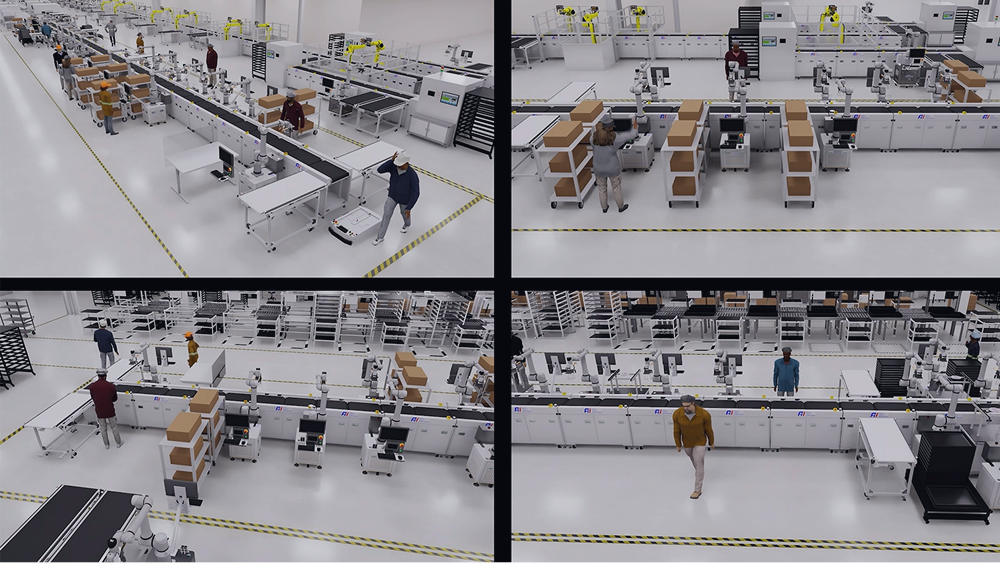
Still, digital twins aren’t a quick fix. Building one for a full factory requires serious investment in infrastructure, simulation software, and skilled teams. Data accuracy is also crucial — bad sensor readings can lead to bad decisions, so data quality remains a top priority.
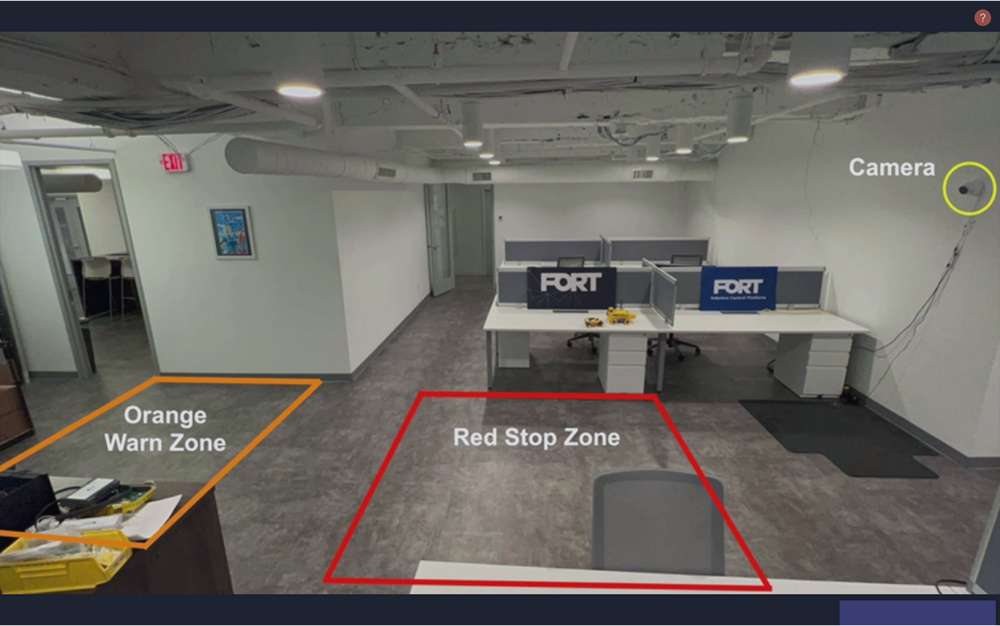
Let’s be honest: Industry 4.0 isn’t just about sticking a bunch of sensors on your machines and calling it a day. What really matters is what you do with all that data. That’s where AI for manufacturing comes in. When you combine AI with IoT, every part of your production line, from pumps to robotic arms, starts giving you real-time intel. AIoT is used to monitor and control machinery at a level that humans simply can’t match.
Imagine a system that detects a small vibration or temperature spike and immediately tweaks machine settings or schedules maintenance before a problem escalates. And it goes beyond maintenance, too. That same setup can predict inventory shortages and reorder supplies automatically.
Of course, smart manufacturing isn’t only about AI and IoT. Cloud computing unifies data from engineering, supply chain, and distribution to give you a full 360° view of operations. Edge computing handles on-site decisions in a snap, and digital twins let you test and refine ideas in a virtual replica of your factory before rolling them out in the real world. And, sure, none of this works without solid cybersecurity and tight IT-OT integration.
Now that we’ve seen what artificial intelligence in manufacturing can do, let’s get to the harder part — actually putting it into action. I wish there were a universal playbook, but there isn’t. Every factory floor, every production line, every company has its own set of goals, constraints, and quirks.
That’s why you need a roadmap tailored to your setup. We’ve seen companies go in blind, trying to “do AI” all at once — what they end up with is fragmented initiatives, poor adoption, and little to no return. The good news? There are foundational steps that most successful projects have in common. Here’s the practical approach we’ve built and refined at Innowise through real manufacturing deployments.
Kick things off by pinpointing your biggest pain points. Too much scrap? Frequent downtime? Set clear, measurable goals like “cut costs by 15%” or “boost output by 20%.” And remember, AI is only as good as the data it’s fed. If your data’s messy or scattered, clean it up first.
Map out your plan. Figure out your timeline, resources, and the KPIs you’ll track to measure success. Focus on the low-hanging fruit — small AI projects that promise quick wins and a clear ROI. Getting some early successes builds trust across the board.
Keep it small to start. Test your AI on one machine or assembly line so you can manage the risk. Collect and clean your data, pick the right model for the job, and check its performance with metrics like accuracy, precision, and recall. If it’s not hitting your targets, tweak and repeat until it does.
Once your pilot’s a hit, roll it out across the operation. This step means integrating your AI with existing systems like ERP, MES, or SCADA. Expect more data, more complexity, and more moving parts. A hybrid approach, balancing on-prem and cloud solutions, often works best to keep things flexible and scalable.
AI isn’t a “set it and forget it” deal. Keep an eye on performance metrics and stay connected with your team on the shop floor. As production changes, update and optimize your models to keep them running at peak performance. Regular tweaks guarantee your AI stays sharp and effective.
Let’s face it — things don’t always go smoothly during AI implementation. Unexpected issues can derail progress if you’re not prepared. That’s why we pinpoint risks early and deploy robust strategies to tackle them head-on. Here’s a look at the real-world challenges we’ve seen in the field and the battle-tested moves that help turn those bumps in the road into big wins.
One of the biggest slip-ups I see? Underestimating just how complex manufacturing data can get. You’ve got sensors, ERPs, SCADA systems, MES — the whole alphabet soup — each in its own silo, each generating data in a different format. If you don’t sort that out from the start, your AI model will be stuck with garbage inputs.
The first thing we typically do is set up a solid data pipeline, often with an ETL or ELT workflow flowing into a centralized data lake on a cloud platform like AWS S3 or Azure Data Lake. With the right middleware or integration layer, like Apache Kafka or RabbitMQ, data from different protocols can be normalized before it hits the model.
For best results, our team locks in strict data governance standards. We’re talking consistent naming conventions, version control on critical data sets, and always up-to-date metadata. Once these pieces are in place, your AI apps can rely on data that’s actually worth trusting.
Here’s the thing: if your team doesn’t understand how AI works, they won’t trust it and might even ignore it. I’ve seen engineers ignore predictive alerts simply because they couldn’t see the logic behind them.
To fix that, treat AI enablement like a cultural shift, not just a training checklist. Instead of dumping e-learning modules on your staff, run hands-on workshops and let people experiment with real dashboards. Show how AI directly impacts their daily work, so they see it as a partner, not a threat.
And be transparent. Share the “why” behind AI decisions, especially if you’re using more complex models. When teams understand the reasoning, they’re far more likely to trust the output.
Amping up connectivity also means increasing your exposure to cyber risks. Even a single breach can bring production to a standstill or leak valuable IP. That’s why we integrate security from day one, isolating AI workloads, encrypting data in transit, and safeguarding critical assets in secure vaults. Our experts enforce strict role-based controls so that only authorized personnel can access sensitive data. For regulated sectors, they embed compliance early on, avoiding last-minute panic. But tech isn’t the whole picture. We train teams to spot and respond to threats in real time.
Your first AI use case won’t be your last, so build with the future in mind. Even a small pilot needs modular design, containerized models, and cloud-native architecture to scale smoothly.
I’ve seen teams hit a wall within a year because they built for now, not what’s next. Scalable frameworks save you from rework and tech debt. Cloud platforms like AWS, Azure, or GCP work best when your data, governance, and deployment are aligned.
And don’t forget to document. What works in one plant should be repeatable in others—and if it’s not, those lessons are your roadmap for smarter scaling.
In my experience, when it comes to AI in manufacturing, bringing in a dev team that truly gets it helps you move faster, avoid costly missteps, and make sure AI fits right in with your existing MES, ERP, or even those legacy PLCs still holding things together.
But let’s be real: outside expertise only works if your internal teams are on board. I always recommend looping everyone in from day one. IT secures the data flow, engineers fine-tune the models to match your machines, production teams fold AI into daily ops, and leadership keeps an eye on ROI.
When everyone’s aligned from the start, you’re not just rolling out another shiny tool — you’re building a solution that actually solves real problems on the shop floor.
Working with us goes beyond just tossing some AI models into your workflow. Our team focuses on helping manufacturers fix the everyday stuff that drags down margins: unplanned downtime, quality issues, supply chain surprises, and scheduling headaches.
No off-the-shelf shortcuts. Our gurus tailor every solution — predictive maintenance, computer vision, real-time scheduling, and more — to your machines, your workflows, your supply chain. It’s about solving your specific problems, not someone else’s.
Our AI solutions grow with you. When you add new lines or open additional plants, your AI comes along for the ride — no massive overhauls or starting from scratch. A robust, modular architecture keeps you flexible and ready for whatever’s next.
From the initial concept to rollout, we do it all under one roof — data collection, modeling, integration, and front-end design. Expect working prototypes faster than you’d imagine, and reliable production-ready systems that actually work.
Our team has seen manufacturers chop unplanned downtime by 30%, trim inventory by 25%, and slash quality losses by 40%. These aren’t slide-deck promises; they’re results from actual projects, translating directly into higher margins and smoother operations.
We don’t just hand over the keys and disappear. You get a dedicated project manager, clear check-ins, and post-launch support. Our experts keep your model updated, troubleshoot issues, and monitor performance, so your AI delivers value long after go-live.
Let’s be real: manufacturing isn’t getting any easier. Demand swings, supply chain headaches, staffing shortages — it adds up fast. And the old ways of dealing with — like manual planning, static systems, and siloed spreadsheets — just aren’t cutting it anymore.
AI gives you a new way forward. Not by throwing more people at the problem, but by setting up systems that actually learn how your operation works, adapt on the fly, and make faster, smarter calls than any human could. It’s not about chasing hype; it’s about protecting your margins in a world where every delay or misforecast hurts more.
Sure, AI in the manufacturing industry doesn’t magically solve everything, but it does make complexity manageable. And if you’re serious about running a shop floor that can keep up (and win) over the next few years, AI should be at the top of your strategic list.

Head of Digital Transformation, CIO
With over 8 years of experience in digital transformation, Maksim turns complex tech challenges into tangible business wins. He has a real passion for aligning IT strategies with big-picture goals, guaranteeing hassle-free digital adoption and elite operational performance.




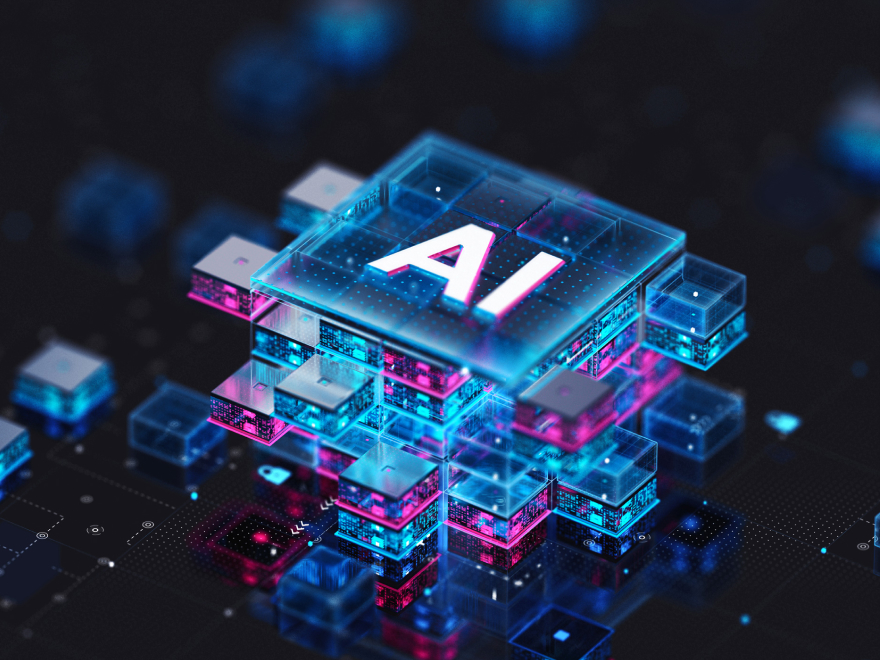


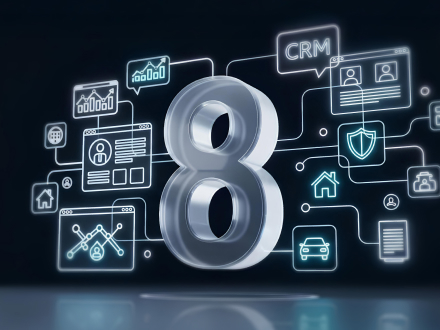




Your message has been sent.
We’ll process your request and contact you back as soon as possible.

By signing up you agree to our Privacy Policy, including the use of cookies and transfer of your personal information.